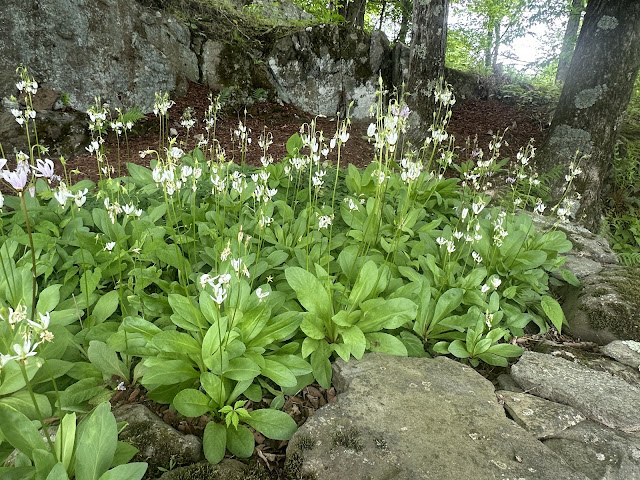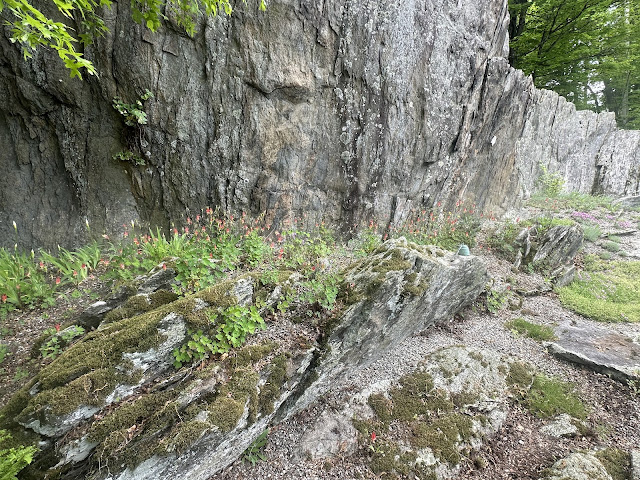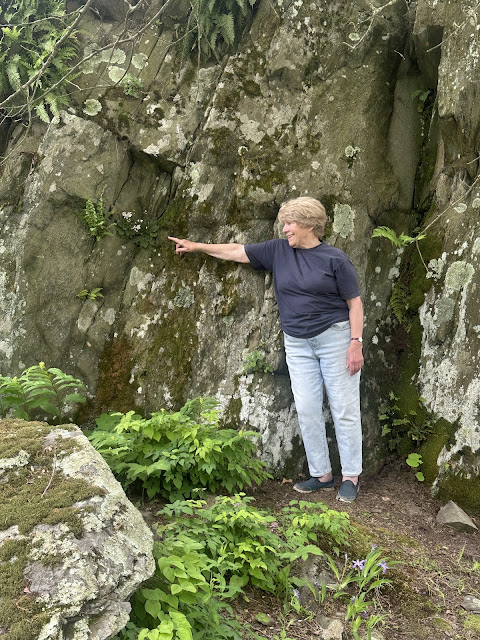 |
| Oonopsis multicaulis |
Okay, I can tell you aren't bowled over.....yet. But I was!
On our way back from Cody last Saturday we stopped at Hell's Half Acre--a rather miss-named spot between Shoshoni and Casper (it's a lot more than a half acre, and rather Heavenly in my opinion).
There! I hope you're a little more impressed. I know most people avoid damn yellow composites as assiduously as birders ignore little brown jobbies. But we connoisseurs know better...don't we? I think this will one day make a stunning addition to Xeric gardens! Just wait and see...
A panorama. He wasn't jumping off, btw.
Back to H.H.A.--where I've been stopping for the better part of the last century: in any other state (or country even) this would be a state park, or preserve, or SOMEthing. In Wyoming it's fenced off and most of those who drive by have no idea there's such a magnificent badlands by the highway. I dread what their tourist dept. will one day do to the site (it once had a restaurant that went bust. There are super covered picnic tables in an area that's inaccessible). Keeping fingers crossed that when it is "developed" the Oonopsis (and the sacred view) aren't desecrated by idiot engineers who have destroyed so much I have loved and admired in America.
You really had to be there: the pics don't capture the almost Bryce like vastness...
Another glimpse of tiny plant and vast view. God! I love the West!




































































